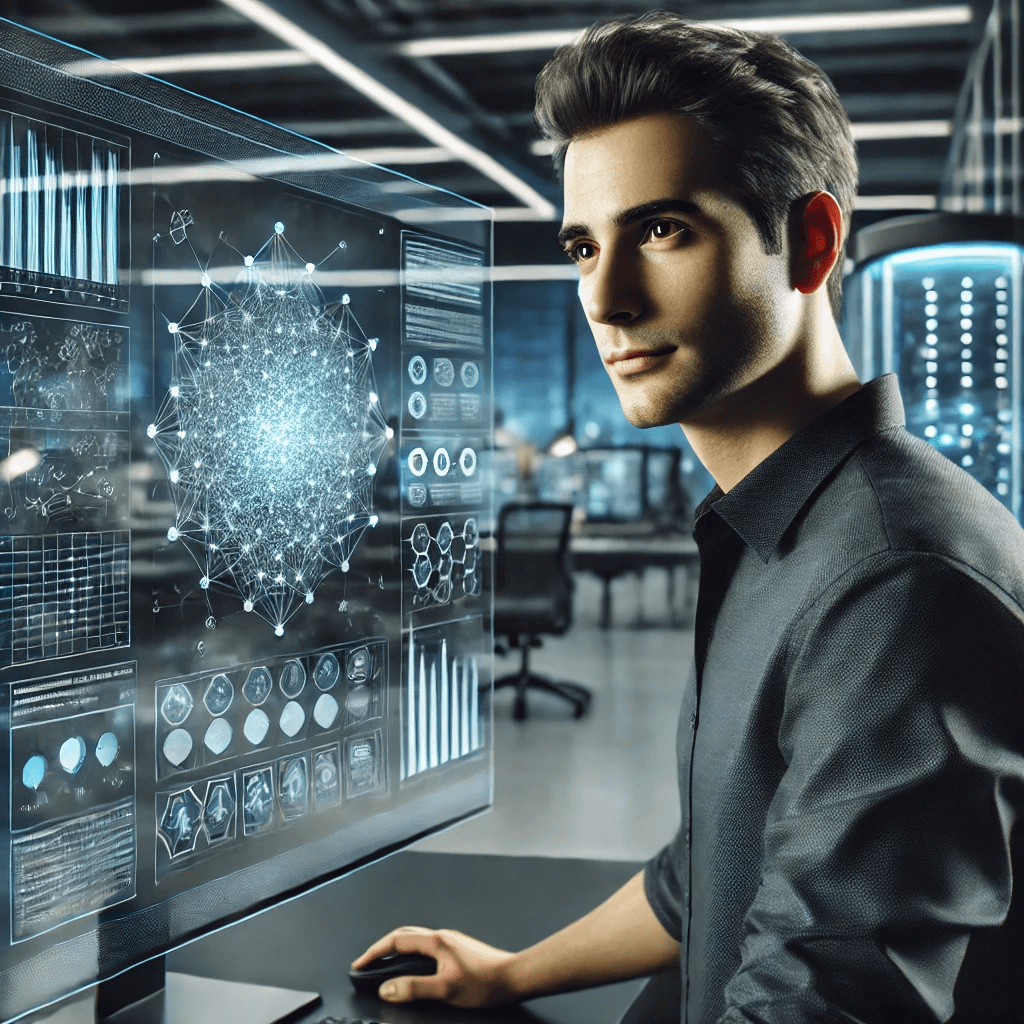System Two Thinking in AI: The Future of Strategic Reasoning and Innovation
Venture Beat has an article about what Noam Brown of OpenAI discussed during the TED AI Conference in San Francisco.
It offers an interesting perspective on how AI will develop in the near future from a person who is perhaps one of the closest and most knowledgeable about AI today. I've summarized what Noam discussed below.
Table of Contents:
- Introduction to System Two Thinking in AI
- The Evolution of AI: From Scale to Strategy
- Understanding System Two Thinking
- AI Models and System Two Thinking: A Performance Booster
- The OpenAI O1 Model: A Case Study
- Industry Impacts: Healthcare, Energy, and Finance
- The Cost-Benefit Analysis of Slower AI Models
- The Future of AI Development and Competition
- Conclusion: Scaling Up System Two Thinking

Introduction to System Two Thinking in AI
Artificial intelligence has become an integral part of modern industry, yet its evolution has often leaned heavily on the speed and scale of data processing. As AI technology matures, a shift towards more strategic reasoning becomes crucial. Enter System Two Thinking—a concept borrowed from psychology, promising to transform AI into a tool for more deliberate and complex problem-solving.
The Evolution of AI: From Scale to Strategy
Over the last five years, AI has been propelled by advancements in computational power and vast datasets. However, the future of AI growth hinges on paradigm shifts rather than merely scaling existing technologies. System Two Thinking represents such a shift, focusing on the capacity for deep reasoning and strategic decision-making.
Understanding System Two Thinking
In humans, System Two Thinking refers to the slow, deliberate, and analytical mode of thought, as opposed to the fast, intuitive responses of System One. Translating this into AI means developing models that can process information methodically, akin to human reasoning when faced with complex problems.
AI Models and System Two Thinking: A Performance Booster
AI models that incorporate System Two Thinking can achieve significant performance gains. Unlike traditional models that rely on vast amounts of data and computing power, these models excel through strategic reasoning and careful information processing. This approach not only boosts performance but also reduces the need for excessive resources.
The OpenAI O1 Model: A Case Study
A prime example of System Two Thinking in action is OpenAI's o1 model. This model is designed to process information with a level of care that enables it to excel in complex tasks such as scientific research and coding. By prioritizing deep reasoning over raw speed, the O1 model demonstrates the transformative potential of System Two Thinking.
Industry Impacts: Healthcare, Energy, and Finance
The benefits of System Two Thinking extend across various industries. In healthcare, it enhances decision-making processes, leading to better patient outcomes. The energy sector benefits from more accurate predictive models for resource management. Meanwhile, finance sees improved risk assessment and strategic planning. Each sector gains from AI's ability to deliver high-accuracy insights.
The Cost-Benefit Analysis of Slower AI Models
While slower AI models may incur higher costs, the accuracy and depth of insights they provide justify the investment. Industries that require high-accuracy outputs, such as healthcare and finance, find these models particularly valuable. The trade-off between speed and accuracy is a pivotal consideration for enterprises adopting AI technologies.
The Future of AI Development and Competition
As AI development reaches a critical juncture, the emphasis on scaling up System Two Thinking capabilities becomes essential. OpenAI's focus on deep reasoning positions it as a leader in this new era of AI competition, setting it apart from models optimized solely for speed. This strategic shift is likely to redefine industry standards and expectations.
Conclusion: Scaling Up System Two Thinking
System Two Thinking in AI is not merely an enhancement; it's a necessary evolution for the technology to meet future challenges. By fostering strategic reasoning and complex problem-solving, AI models like OpenAI's O1 are poised to revolutionize industries. The journey toward integrating System Two Thinking in AI will shape the next wave of innovation, driving strategic decision-making and fostering growth across sectors.
The End Of GPUs?
One thing that came to my mind was what will happen with GPUs? We've discussed making models smaller and more specialized, using less computational power and training on smaller, very specific data. What Noam told us during his TED Talk only reinforces that.
In my previous blog post I did write that the semiconductor indsutry is poised to grow by 16%. If what Noam says becomes a reality, then we cannot expect the same growth happening again within the next few years. I guess we'll have to wait and see.